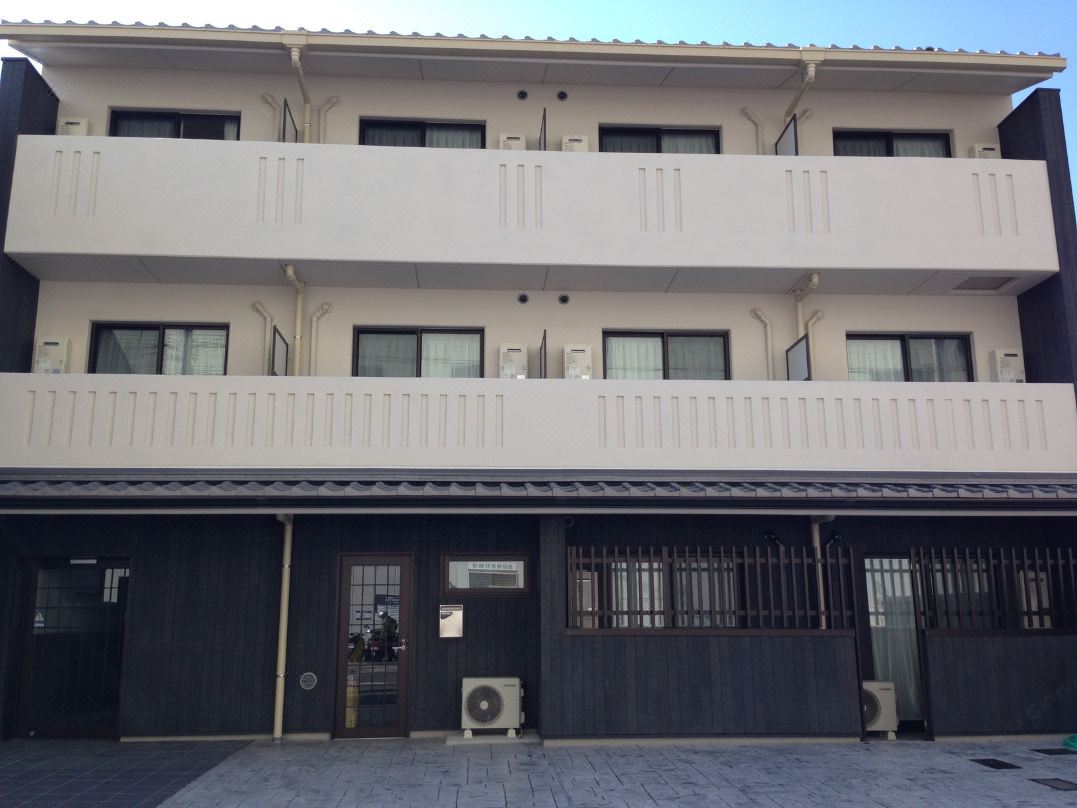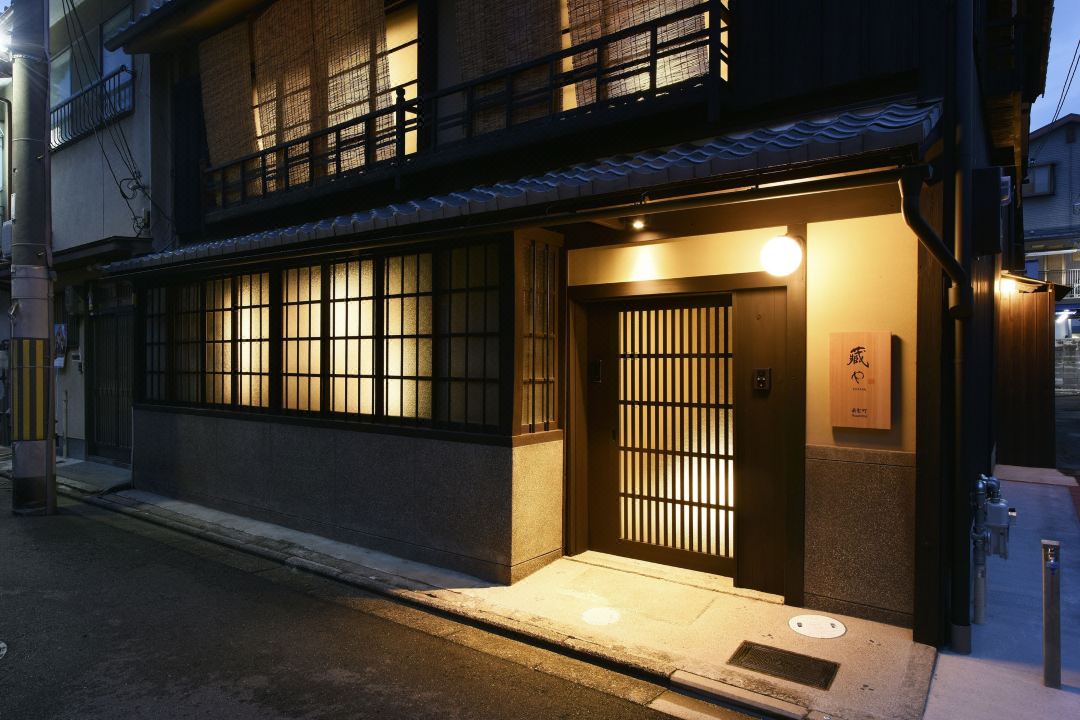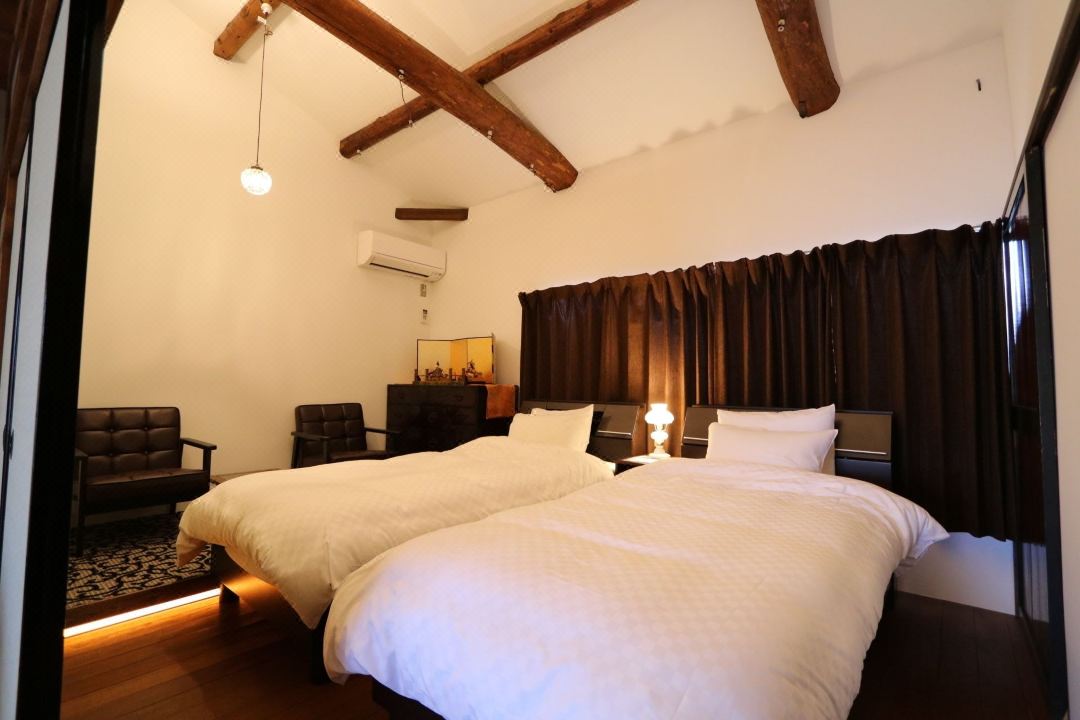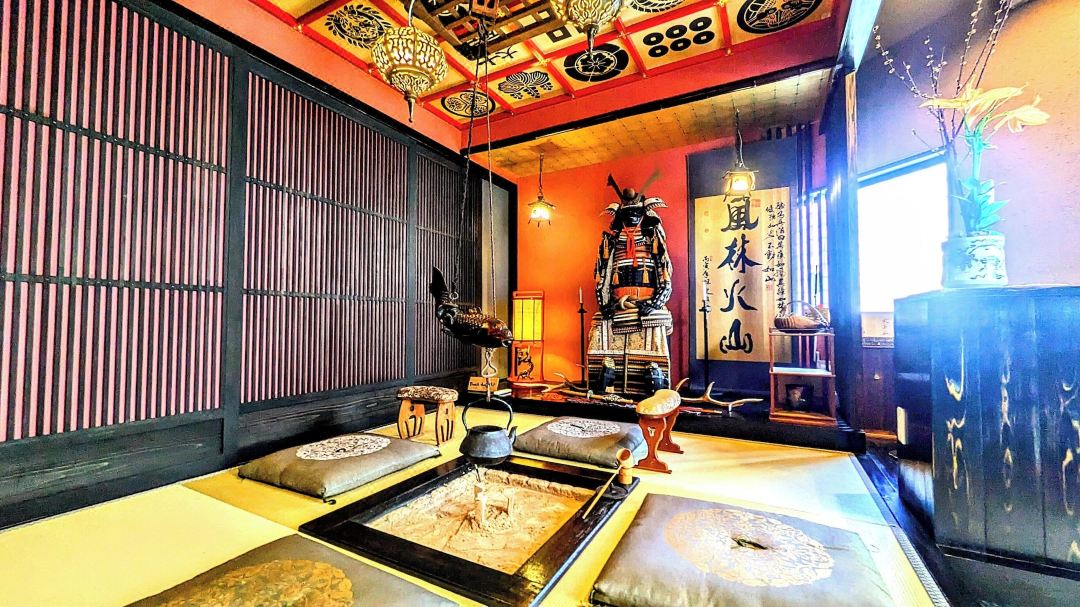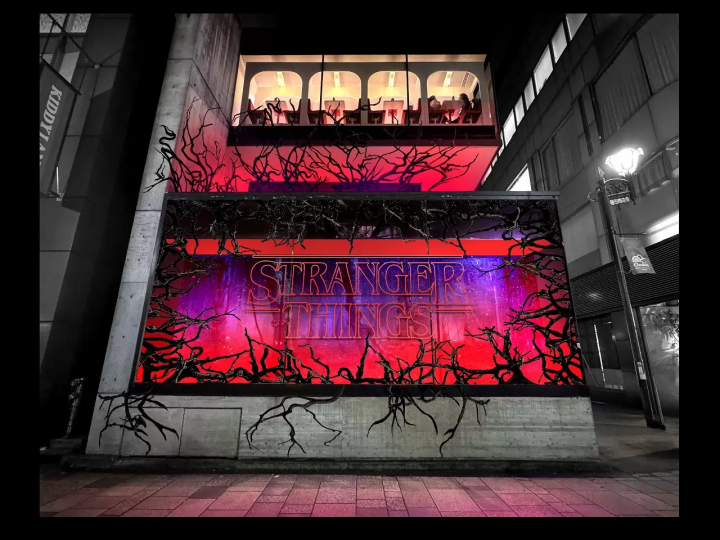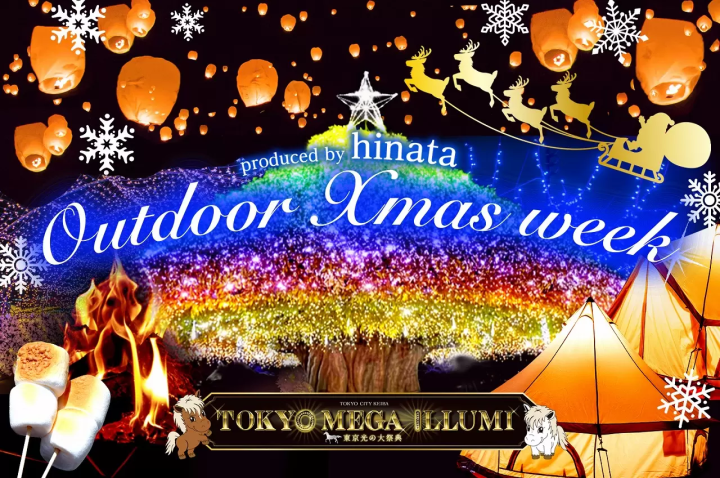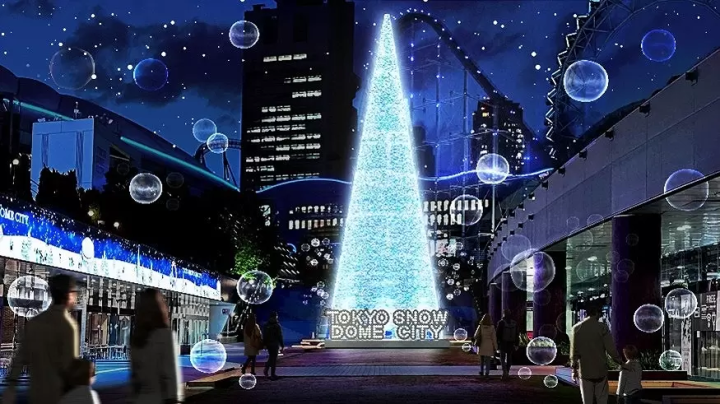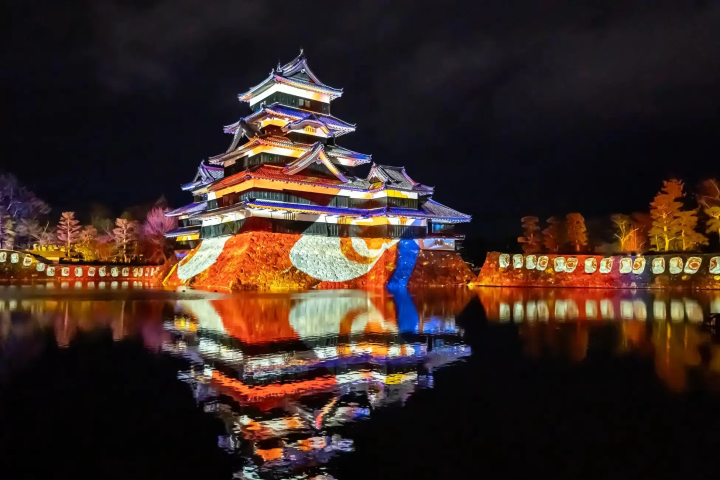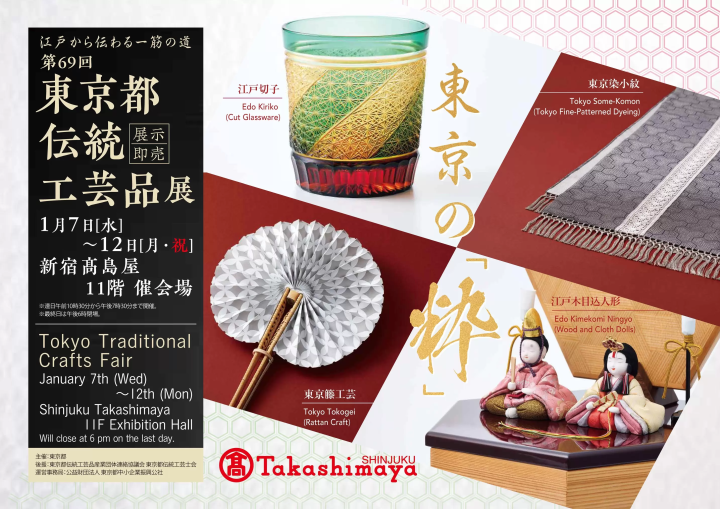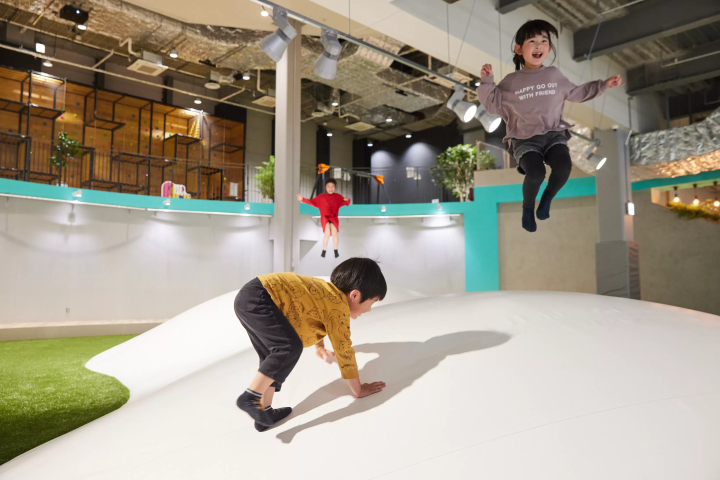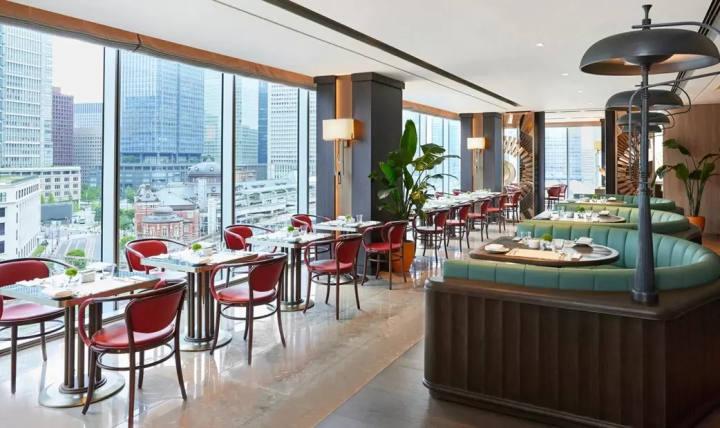Kyoto's Aoi Matsuri Festival 2025: Highlights, Schedule, and Access

Aoi Matsuri, one of Kyoto's three major festivals held every year on May 15, reenacts a procession from the Heian Period (794-1185). Over 500 participants, dressed in period clothing, can be seen marching through the city. We introduce the festival's schedule, access, and viewing spots.
Aoi Matsuri: One of Kyoto's Three Famous Festivals

© JNTO
Aoi Matsuri is an annual festival of Shimogamo Shrine and Kamigamo Shrine, which takes place in Kyoto every year on May 15. Along with the Gion Matsuri in July, and the Jidai Matsuri in October, it is one of the three major festivals in Kyoto.
The highlight is the long procession, called Roto no Gi. Over 500 participants dressed in Heian Period (AD 794 to 1185) clothing parade through the city.
All participants and animals are decorated with leaves of futaba-aoi (hollyhock, *1), the symbol of Shimogamo and Kamigamo shrines, which led to the name Aoi Matsuri. There are no yatai (*2), which can be seen in other festivals.
The gosho-guruma, carrying musical instruments from the Heian Period, will be played as an offering to the deities and join the procession. The festival brings the aristocratic culture of the time to the present day.
This article introduces the schedule, access, and highlights of Kyoto's Aoi Maturi.
*1: Hollyhock: a Japanese perennial plant with heart-shaped leaves growing in the shade of trees. It is used as a motif in the crest of Shimogamo and Kamigamo shrines.
*2: A car-shaped float, usually carried by male participants in a festival. The name varies by the region, and it is also called hikiyama, dashi, or danjiri.
Kyoto's Aoi Matsuri Festival 2025
1. Festival Schedule
2. Procession Route and Estimated Time
3. Venues and Access from Kyoto Station
4. Highlights
5. Viewing Spots
6. FAQs
Aoi Matsuri Festival 2025 Schedule

© JNTO
The date of the Aoi Matsuri Festival is the same every year, namely May 15 from 10:30 to 15:30
The Roto no Gi procession departs from the Kyoto Imperial Palace at 10:30. In the case of bad weather, the procession will be postponed to May 16.
Procession Route and Estimated Time
Departing Kyoto Imperial Palace (10:30) - Sakaimachi Gomon Gate - Marutamachi-dori Street - Kawaramachi-dori Street (11:00) - Arriving at Shimogamo Shrine (11:40)
The Shato no Gi Ritual 12:00 to 14:00
Departing Shimogamo Shrine (14:20) - Shimogamo Hondori - Rakuhoku High School (14:40) - Kitaoji-dori Street - Kitaoji-bashi Bridge (14:55) - Kamogawa Tsutsumi - Arriving at Kamigamo Shrine (15:30)
The times listed above are all estimates for the head of the procession reaching each spot.
Venues and Access from Kyoto Station

© JNTO
The long procession marches for about eight kilometers from Kyoto Imperial Palace to Shimogamo Shrine and from Shimogamo to Kamigamo Shrine. The following are the routes to Kyoto Imperial Palace, Shimogamo Shrine, and Kamigamo Shrine from Kyoto Station.
Read also
Kyoto Imperial Palace
The procession departs Kyoto Imperial Palace at 10:30. The palace is accessible via the subway from Kyoto Station.
Take the Kyoto Municipal Subway Karasuma Line bound for the International Conference Center from Kyoto Station to Imadegawa Station. The ride takes about 10 minutes and costs 260 yen. From Imadegawa, it is a five-minute walk to the palace.
Hotels near Kyoto Imperial Palace
Shimogamo Shrine
The procession will reach the shrine around 11:40. While buses leave Kyoto Station, due to traffic conditions, it would be wise to head to the shrine with time to spare.
Take the bus bound for Kawaramachi Dori/Shijo Kawaramachi/Kitaoji Bus Terminal, departing from the A2 bus stop at Kyoto Station. Get off at Shimogamo Jinja-mae bus stop. The ride takes about 30 minutes and costs 230 yen.
By Train: From Kyoto Station, take the JR Nara Line to Tofukuji Station, then switch to the Keihan Line bound for Demachiyanagi Station. From Demachiyanagi, it is a 15-minute walk to Shimogamo Shrine.
Hotels near Kamo Goso Shrine (Shimogamo Shrine)
Kamigamo Shrine
The procession will arrive at the shrine, its final destination, at about 15:30. It would be easier to ride a bus here.
Take the bus bound for Nishi Honganji/Nijo-jo/Kamigamo Jinja, departing from the B1 bus stop at Kyoto Station, and get off at Kamigamo Jinja bus stop. The fare is 230 yen.
The nearest train station is Kitayama Station, which will take 25 minutes on foot to reach the shrine from Kitayama. It is recommended to ride the bus with time to spare.
Hotels near Kamigamo Shrine
Aoi Matsuri Festival Highlights
The procession, called Roto no Gi, consists of two groups. One is hon-retsu, led by chokushi: the Emperor's envoy. The other is saiodai-retsu led by saiodai, substituting for saio, chosen from the imperial family.
The Hon-retsu Procession

© JNTO
Chokushi, the imperial envoy, is the main character of the festival. Roto no Gi (the procession) is a way to deliver the Emperor's words to Shimogamo and Kamigamo Jinja. The police and government officials at the time, mostly male courtiers, marched on horseback in the hon-retsu, creating an austere atmosphere.
The person in the photo above is not the chokushi.
The Saiodai-retsu Procession

© JNTO
In contrast, members of the saiodai-retsu are mostly court ladies and they exude an elegant air. Saio is an unmarried female member of the imperial family, serving at the Shimogamo and Kamigamo shrines.
This group includes a saio court lady wearing a juni-hitoe, the formal women's dress at the time, and a miko shrine maiden serving her. The elegant Heian-period clothing is one of the festival highlights.
Viewing Spots
Kyoto Imperial Palace
The Kyoto Imperial Palace is the number one spot where the procession starts. Spectators can enjoy the scenery against the backdrop of Heian-style buildings and mountains in the distance.
Tadasu no Mori and Shimogamo Shrine
Tadasu no Mori is a forest on the grounds of Shimogamo Shrine. Since neighboring buildings are blocked off by trees, visitors can enjoy the Heian-period atmosphere. It is also an ideal place to take photos. Please note that the entrance will be closed at 11:00 due to security reasons.
Kamo Kaido
This road runs along the right bank of the Kamo River. The row of trees provides a great background for the procession, and this spot is not very crowded.
The Aoi Matsuri Festival is an event that can only be experienced in Kyoto. Enjoy the elegance of the Heian Period, which was marked by the flourishing of curt culture.
FAQs
Why is the festival called Aoi Matsuri?
This festival is also called Kamo Matsuri. Since the leaves of futaba-aoi, a symbol of Shimogamo and Kamigamo shrines, are used to decorate members of the procession, their belongings, and animals, it is called Aoi Matsuri.
What kind of a festival is Aoi Matsuri?
Held in Kyoto on May 15 every year, Aoi Matsuri is a reproduction of a Heian ritual and is regarded as a major historical and cultural event.
What are the highlights of Aoi Matsuri?
Roto no Gi, a procession with over 500 people wearing clothing from the Heian Period (AD 794 to 1185) aristocrats, should not be missed.
Are there paid seats at the Aoi Matsuri in Kyoto?
Yes, you can watch the Aoi Matsuir procession from a paid seat. Those who wish to watch the festival leisurely should check the official website of the festival.
Where are the best spots to watch the Aoi Matsuri?
The number one spot is the Kyoto Imperial Palace, where the procession starts and offers a view of the Heian-style buildings and mountains in the background. Tadasu no Mori at Shimogamo Shrine is another recommended spot. The neighboring buildings are blocked off by the trees, so visitors can enjoy the festival's Heian ambiance. It is also an ideal place to take photos. Those who wish to avoid the crowd should watch the procession in the afternoon. Spots such as Kitaoji-bashi Bridge and Kamogawa Tsutsumi are not so crowded.
Enjoy Your Time in Kyoto
Kyoto is a world-renowned tourist spot. Visitors can feel the wabi-sabi aesthetic from historic places such as Kiyomizudera Temple, Ginkakuji Temple, and Kinkakuji's Golden Pavilion alongside the classic townscape and fine food. It is the best sightseeing city in Japan.
There are MATCHA articles introducing recommended sightseeing spots, along with accommodations where couples and families can experience Japanese culture.
Use this article as a guide, and enjoy Kyoto, along with the festival, to your heart's content.
Read also
This is a revised version of the original article released on May 4, 2020. Please note that the time and transportation expenses are based on information from the official website and are subject to change.








